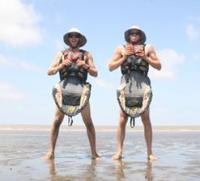A re-post from four years ago that seems appropriate today. So Happy Pi day and a toast to Hakudo Maru, the Japanese celestial shipbuilder.
 Some call today Pi day, as the first three digits of the date (3.14) are the first three digits of the constant pi used to calculate the circumference and area of a circle. Which makes it a good day to raise a glass to toast Hakudo Maru.
Some call today Pi day, as the first three digits of the date (3.14) are the first three digits of the constant pi used to calculate the circumference and area of a circle. Which makes it a good day to raise a glass to toast Hakudo Maru.
By Japanese naming convention, merchant and private ship names end in the word “Maru,” meaning circle. There are several explanations for this convention, including that ships were thought of as floating castles and maru represents the defensive “circles” that protected the castle. Another explanation is that the suffix honors, Hakudo Maru, the celestial being in Japanese mythology who is said to have come to Earth 5000 years ago and taught humans how to build ships. A toast to Hokudo Maru.
My favorite explanation is that maru represents the hope that the ship leaves port, travels the world, and returns safely to home port, representing the complete circle of a successful voyage.

 I am very much looking forward to Alaric Bond’s latest,
I am very much looking forward to Alaric Bond’s latest, 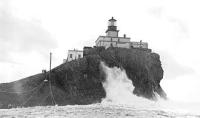

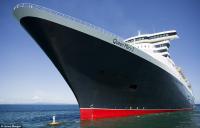 It is remarkably difficult to grasp how large ships can be. I remember, many years ago, being amazed how a full sized city bus, which looked so large on the pier, seemed to shrink dramatically as it was hoisted and lowered into the hold of a ship. The ship was not particularly large by today’s standards, yet the bus seem so small as it disappeared into the hold. This memory was triggered by the recent
It is remarkably difficult to grasp how large ships can be. I remember, many years ago, being amazed how a full sized city bus, which looked so large on the pier, seemed to shrink dramatically as it was hoisted and lowered into the hold of a ship. The ship was not particularly large by today’s standards, yet the bus seem so small as it disappeared into the hold. This memory was triggered by the recent 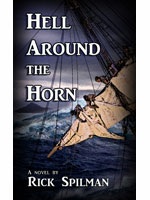
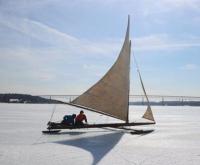
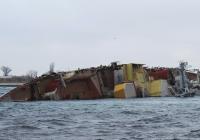
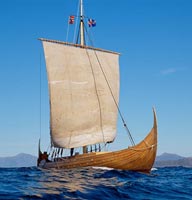 Stepping away for a moment from the unfolding current events in the Ukraine and Russia, it might be worthwhile to look at the history of the region, which was shaped by the arrival of merchant adventurers rowing long ships. As with so much of European history, it began with the Vikings. The Norse Vikings, from the region that we now call Sweden, rowed their long ships deep into the rivers of Central and Eastern Europe; pushing up the Volga, the Dnieper, the Volkhov and the Neva rivers, among others. Using rivers and lakes connected to the
Stepping away for a moment from the unfolding current events in the Ukraine and Russia, it might be worthwhile to look at the history of the region, which was shaped by the arrival of merchant adventurers rowing long ships. As with so much of European history, it began with the Vikings. The Norse Vikings, from the region that we now call Sweden, rowed their long ships deep into the rivers of Central and Eastern Europe; pushing up the Volga, the Dnieper, the Volkhov and the Neva rivers, among others. Using rivers and lakes connected to the
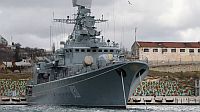 Update:
Update: 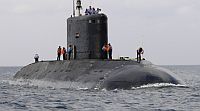
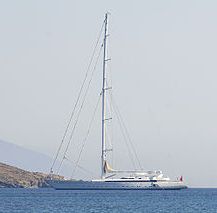
 Last July, I was pleased, and more than a bit surprised, to see a play in New York City about a shipyard. It was Off-Broadway and only a two man play, but nevertheless, it was about a shipyard. The play,
Last July, I was pleased, and more than a bit surprised, to see a play in New York City about a shipyard. It was Off-Broadway and only a two man play, but nevertheless, it was about a shipyard. The play, 